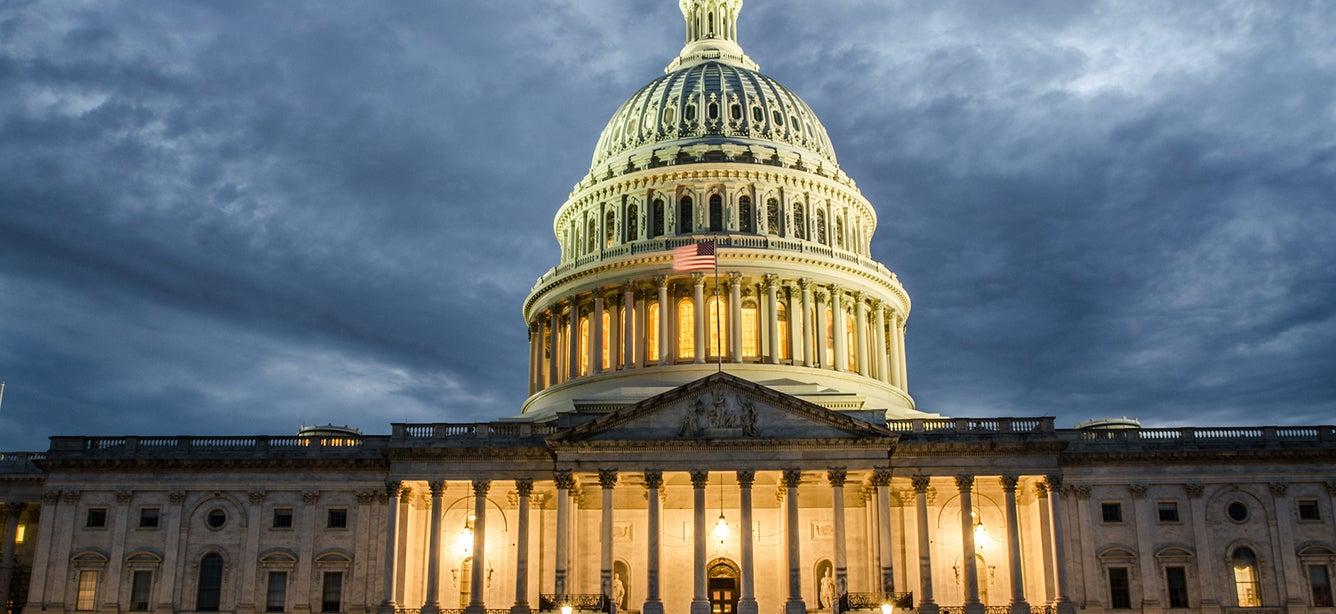
On July 29, the House of Representatives passed a legislative package incorporating seven bills that provide funding for much of the federal government for the upcoming fiscal year 2022 (FY22), which begins on Oct. 1.
What’s included in the FY22 legislative package
Increases are proposed for many of the Aging Services programs and agencies that older adults and the organizations who serve them rely upon. You can view the funding amounts in our annual table, and below are some highlights:
- Older Americans Act (OAA) Programs:
- Supportive Services and Senior Centers: $550.6 million (up $158 million)
- Nutrition Programs: $1.4 billion (up $436 million)
- Health Promotion and Disease Prevention: $31.3 million (up $6.5 million)
- National Family Caregiver Support Program (NFCSP): $249.9 million (up $61 million)
- Senior Community Service Employment Program (SCSEP): $450 million (up $45 million)
- Medicare State Health Insurance Assistance Program (SHIP): $57.1 million (up $5 million)
- Senior Medicare Patrol: $30 million (up $10 million)
- Lifespan Respite Program: $14.2 million (up $7.1 million)
- Low-Income Home Energy Assistance Program (LIHEAP): $3.91 billion (up $160 million)
- AmeriCorps Seniors (formerly Senior Corps): $244.5 million (up $19.5 million)
There is also a significant increase proposed for Social Security Administration administrative expenses. The House is calling for $12.2 billion (a $1 billion increase) to address chronic underfunding that has led to staffing shortages at field offices and backlogs in claim reviews and appeals.
What’s next
The FY22 appropriations process now moves to the Senate. The Senate Appropriations Committee has not yet announced any markups or released any bills to reflect that chamber’s priorities. With the Senate in recess from August 7 until Sept. 12, there isn’t much time to move Senate bills, reconcile them with the House versions, and pass final legislation before the start of the fiscal year. That means a continuing resolution (CR) will have to be passed to fund programs at current levels and keep the government open.
What you can do while Congress is in recess
Visit our Action Center to tell your members of Congress why certain programs are important to your community and why increased support is needed.




